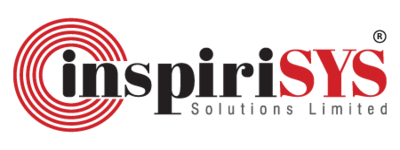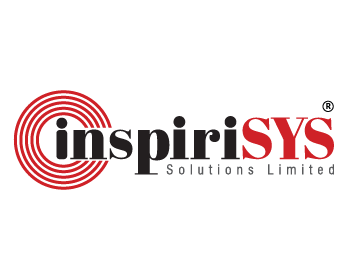What is a Headless Server?
A headless server is a computer or server that runs without a monitor, keyboard, or mouse. Instead of using a local graphical user interface (GUI), it is managed remotely through network-based protocols such as SSH or RDP. This setup reduces overhead by removing display and input layers, allowing more resources to support core operations. Headless servers are widely used for hosting, backend processing, and performance-driven workloads where reliability is critical.
Key Takeaways
- Headless servers are best suited for remote administration, automation workflows, and performance-intensive backend operations.
- They strengthen security by minimizing local exposure and limiting unnecessary components.
- Compared to traditional servers, headless systems deliver higher efficiency, lower energy usage, and reduced operating costs.
Why is a Headless Server Important?
Headless servers are important in modern IT because they combine efficiency, scalability, and security. Unlike traditional servers that rely on a graphical interface for on-site administration, they operate with fewer resource demands and fit naturally into large-scale, distributed environments. They also strengthen security by reducing exposure to local threats and unnecessary software layers.
How Does a Headless Server Work?
A headless server functions through remote connectivity and configuration steps that prepare it for continuous, independent operation. The key steps include:
- Operating System Installation
A lightweight server operating system such as Ubuntu Server, CentOS, or Windows Server Core is installed without a desktop environment. This ensures minimal resource usage and prepares the system for backend tasks. Installation can be performed through USB, PXE boot, or preconfigured virtual machine images.
- Network Setup
Once the OS is in place, the server is assigned either a static IP or a DHCP-generated address. Network settings are configured to enable secure access, with firewall rules applied to control traffic and protect system entry points.
- Remote Access Configuration
Secure management protocols such as Secure Shell (SSH) for Linux or Remote Desktop Protocol (RDP) for Windows are enabled. Administrators then use authentication methods like key-based access or strong passwords to manage the server safely from any location.
- Application and Service Deployment
Software, databases, or applications are installed and configured based on business needs. This process is often automated using DevOps tools, allowing consistent deployments and reducing manual intervention.
- Monitoring and Updates
Continuous monitoring tools or scripts track system health, performance, and logs. Security patches and updates are applied regularly, ensuring the server remains stable, secure, and capable of running around the clock.
Benefits of Using a Headless Server
Headless servers offer organizations tangible advantages that enhance security and long-term scalability. Their design focuses on performance and flexibility, making them an essential choice for modern IT infrastructure.
Key benefits include:
- Maximized Performance
System resources are dedicated to running applications and services instead of supporting a graphical interface, ensuring smoother operations and higher throughput.
- Secure Remote Management
With access protocols such as Secure Shell (SSH) for Linux and Remote Desktop Protocol (RDP) for Windows, administrators can manage servers safely from any location without needing direct physical access.
- Effortless Scalability
Headless servers can be quickly replicated, clustered, or integrated into cloud platforms, enabling businesses to expand capacity as demand increases.
- Reduced Operational Costs
Their lightweight configuration requires fewer system resources and less power, which translates into lower energy consumption and infrastructure expenses.
- Enhanced Automation Support
They work seamlessly with DevOps pipelines and CI/CD tools, making software deployments faster, updates more reliable, and system management more consistent.
Tools to Interact with a Headless Server
Specialized tools provide administrators with practical ways to configure, deploy, and maintain headless servers without the need for direct hardware interaction.
- Configuration Management: Ansible, Puppet, Chef – automate updates and maintain consistency.
- Infrastructure Provisioning: Terraform, OpenTofu – define and replicate servers using code.
- Container Orchestration: Docker, Kubernetes – deploy and scale applications seamlessly.
Key Terms
SSH (Secure Shell)
A protocol used for secure remote login and command execution over an encrypted channel.
DHCP (Dynamic Host Configuration Protocol)
A service that automatically assigns IP addresses and network configurations to devices.
Firewall
A security mechanism that monitors and filters network traffic based on predefined security rules.

